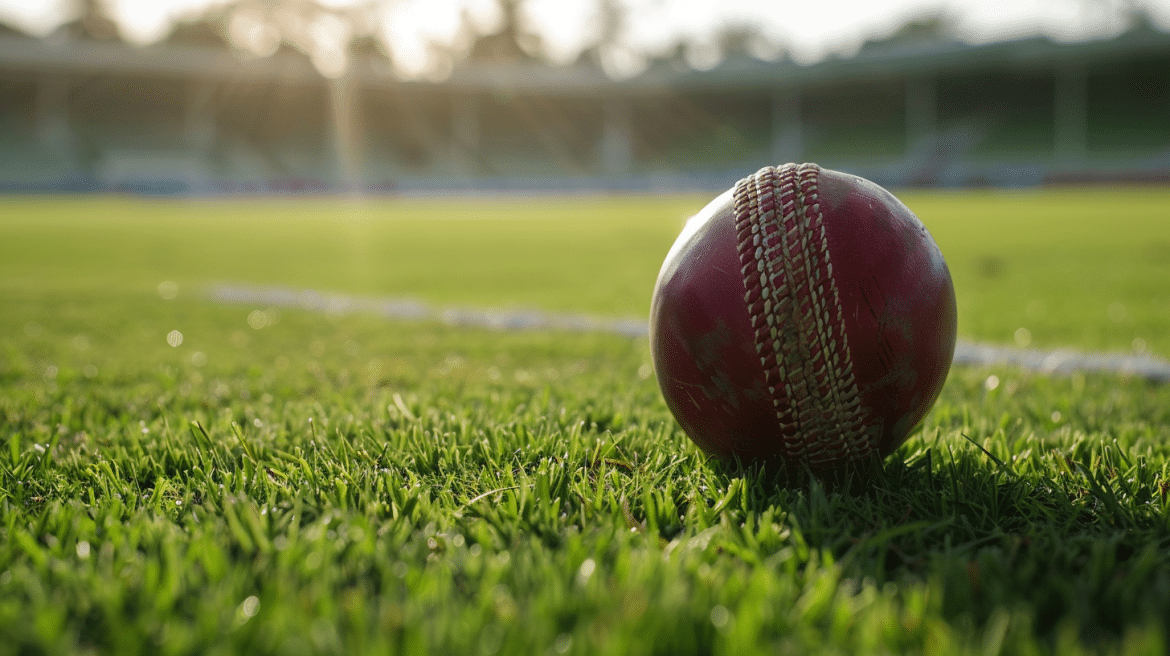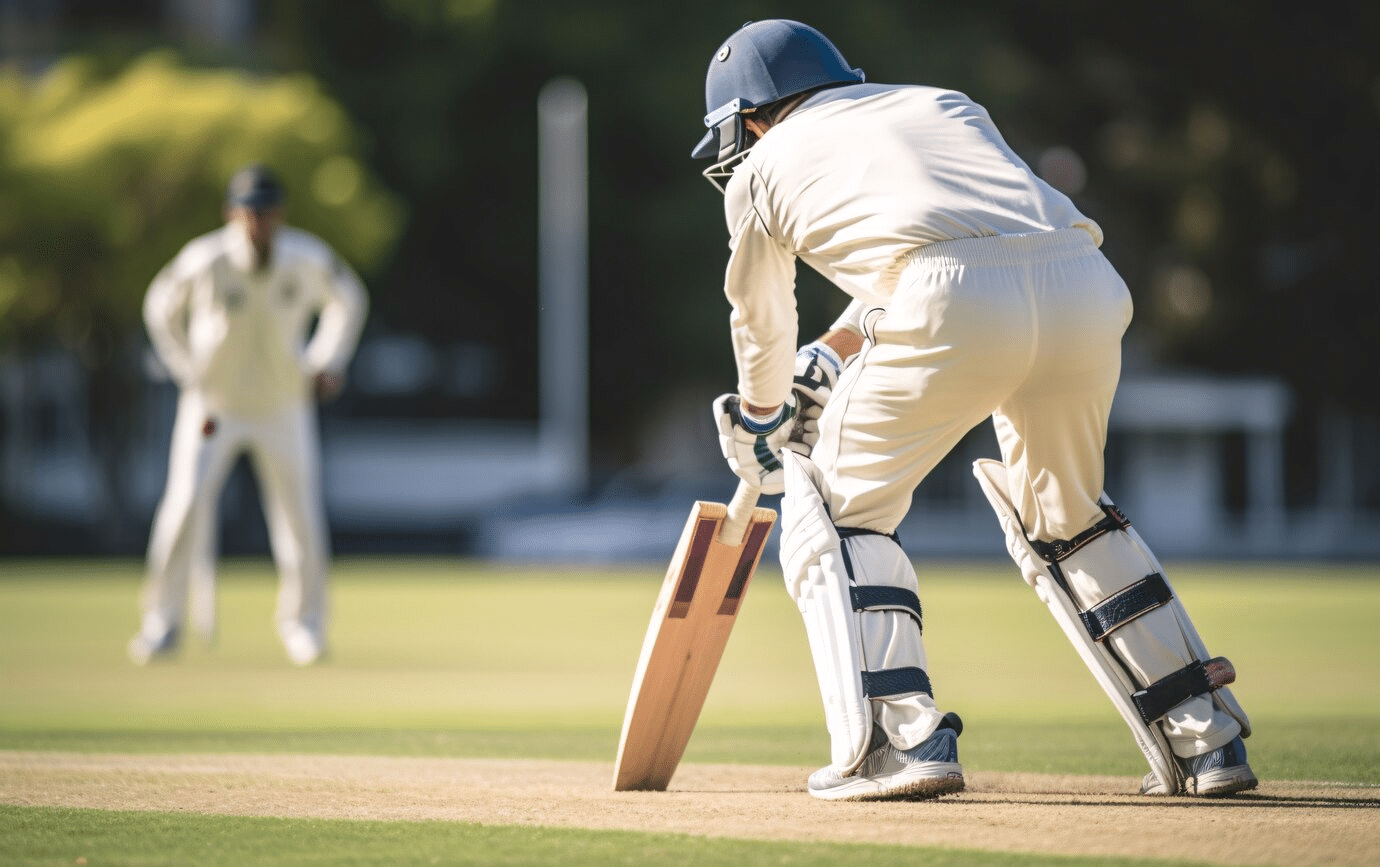Investigate the Duckworth-Lewis Method (D/L method), a formula used in cricket to work out scores in rain-affected matches. It is an essential part of maintaining fair play integrity within the sport when games are interrupted by weather conditions.
A knowledge of this system will enable fans as well as those involved in cricket betting, such as bettors, to appreciate the intricacies involved in adjusting totals.
Concept and Purpose of the D/L Method
Cricket games that are affected by rain were the reason behind the creation of the Duckworth-Lewis method. Unfair outcomes frequently occurred in interrupted matches before this system was introduced because there was no way to set consistent targets. The D/L method attempts to strike a balance between both overs and wickets left for the batting team.
Fundamentally, statistical models underlie the D/L method in predicting what would have been a fair target score had play continued uninterrupted.
takes into account different possibilities of matches, which implies that neither side should be advantaged or disadvantaged by weather conditions. This has become an essential part of today’s cricket as it provides openness and a scientific basis for resolving games affected by rain.
Principles of Calculation
A few basic ideas form the calculation principles of the Duckworth-Lewis Method:
- Available Resources: The remaining overs and wickets should be considered when calculating the resources available for a team.
- Resource Tables: These tables are used to work out what percentage of their resources are still with them at any given moment during the game while they bat second.
- Adjusted Targets: The objective is modified according to available resources so that it takes care of stoppage situations.
In order to arrive at a par score, prior to interruption progress made by the batting side is compared against these tables. If play resumes, the number of overs and wickets lost until then will be taken into account while recalibrating the target so that the revised target remains fair, keeping competitiveness intact. By steadily revising targets set, fairness and uniformity have been brought into interrupted games by the D/L method, which is now an important instrumentality in modern cricket.
Implementation in Cricket Matches
The Duckworth-Lewis Method is necessary for international cricket as it deals with matches interrupted by rain. It is used in all major tournaments and many domestic leagues to reset target scores so that the game remains a level playing field after unanticipated stoppages.
Prominent Instances in Major Tournaments
The Duckworth-Lewis Method has been a part of many famous games. In the 2019 ICC Cricket World Cup, for example, a number of matches affected by rain were decided by this method. During the England versus Pakistan match, it was used to revise the target so that the game could still be fair and competitive despite being interrupted by bad weather several times.
Another memorable incident occurred in the 2003 World Cup when South Africa played against Sri Lanka. The South African team misinterpreted what was required of them according to D/L regulations, leading to their dramatic elimination from that tournament. This illustrates how important this algorithm is and why teams should know it well.
Changes and Upgrades
The Duckworth-Lewis Method has seen many changes since it was first introduced in the 1990s. During this time, it was only meant to ensure fairness in matches affected by rain. A revised version called Duckworth-Lewis-Stern (DLS) was introduced in 2014 to address some of its shortcomings. It did so by including more recent data in its calculations, thus making them more applicable under present playing conditions.
The DLS system considers variations in scoring trends and the greater frequency of power hitting in one-day cricket. These revisions help to keep the system accurate and applicable, which in turn maintains its vital function of fairly determining interrupted matches.
By always evolving, the DLS method protects cricket’s fairness while also preserving its competitiveness. This means that no side will be unjustly penalised because of rain or any other interference with play.
Critiques and Obstacles
Even though it has been widely used, the Duckworth-Lewis Method has encountered several criticisms and challenges. Some of the key areas of dispute include:
- Complexity: The D/L method is considered complex by many people who therefore fail to comprehend it, leading to confusion among players and fans.
- Perceived Fairness: This system can be said to unfairly benefit one team against another, especially in closely contested matches.
- Implementation Issues: There may be difficulties in practical application during live matches where sometimes calculations are questioned.
Notwithstanding these objections, this method still remains the most dependable solution for rain-affected games that ensures the completion of matches with a just result. Continuous updates seek to address these problems, thereby enhancing both clarity and precision.
Comparative Analysis with Other Methods
When comparing the Duckworth-Lewis Method to other systems, there are multiple points of difference with the VJD system (V. Jayadevan). The VJD system, mostly used in Indian domestic cricket, argues that it is more open and easy to understand where it uses past data and actual match situations to arrive at equitable targets.
However internationally, the D/L method has been adopted because of its strong statistical background and regular revisions. Although simplicity is provided by the VJD method, the comprehensiveness shown by the D/L method has made it accepted worldwide. In essence, both methods have the same objective, but the robustness of the D/L method has made it more preferable for big tournaments.
Final Words
It is important in current cricket to have an accurate and fair way of determining the result of a match when it has been affected by rain. Though this system has been criticised many times before, the fact that they keep changing and improving upon this method shows that it still works well for them. So, not only being statistically right but also competitively just, D/L methods defend the sporting spirit itself. Thus, they have become necessary in cricket worldwide.



